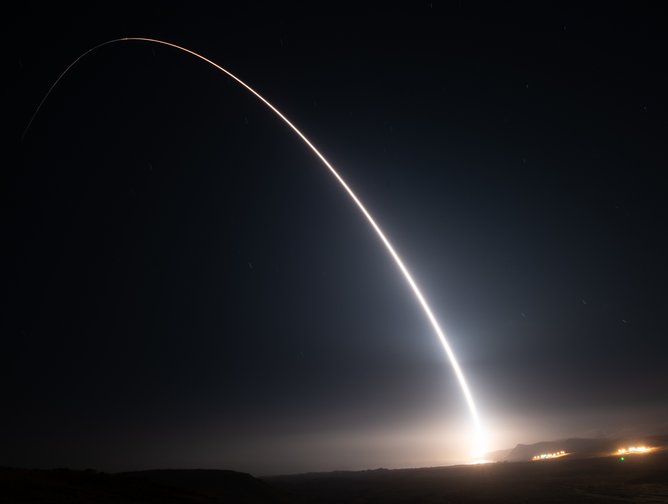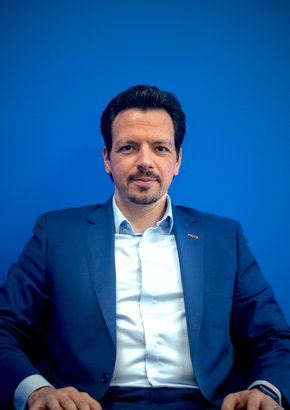
Kim Crider
CTIO
The US Space Force is, Maj. Gen. Kim Crider says, “quite an ambitious organisation.” Birthed from the US Air Force, it sits firmly in the military sphere, unlike its interagency partner NASA, which has a civil space misison. It works with NASA, of course, and other branches of government, as well as the military and industry partners. Crider, interviewed for this piece earlier this year before retiring from military service has, it seems, a lot on her plate.
“There are some unique responsibilities that we hold in this particular office,” she says. “We’re responsible for the establishment of the Space Force as a digital service, emphasising digital transformation from the very start, so that the Space Force can be ‘born digital.’ We have responsibility for ensuring that we have the data, the analytic capabilities and the IT infrastructure that we need to accomplish our digital objectives and integrate our science and technology as it comes forward.”
At a time when the arenas of war are moving inexorably towards technology and space, that’s a heavy crown. “It’s fascinating, and it’s quite an honour and a privilege for me personally to be at the cusp of this new organisation and the mission areas we’re driving forward. Space is a highly contested and congested domain. We’ve used space as a warfighting domain, and our global economy depends upon things from space, like position navigation and timing, satellite communications, missile warning, intelligence surveillance and tracking capabilities. We have to be able to protect that.”
‘Diversity is critical’
Diversity is critical to innovation and mission success. “To innovate,” says Crider, “we have to have diverse perspectives and be able to see things and understand things from a variety of different viewpoints. Demographic diversity is absolutely critical. We’re only 16,000 members strong, so we want this community to be as diverse as possible to bring those rich ideas and viewpoints from their various backgrounds, not just demographically but also in terms of experience. We were organised as a service to bring in not only the traditional space operations community but also intelligence experts, cybersecurity experts, acquisition experts and engineering as core competencies. And then we also need to complement that with broader partnerships with industry, small business and startup technology innovators, and a diversity of international partnerships, academic partnerships and various other lab partners throughout the government. All of that makes for a rich, diverse and inclusive service because we value – and rely on – those inputs.”
Read the full story HERE

Featured Interviews
We’ve built some unique features into our insurance program specifically because we’ve listened to courier partners in every country





